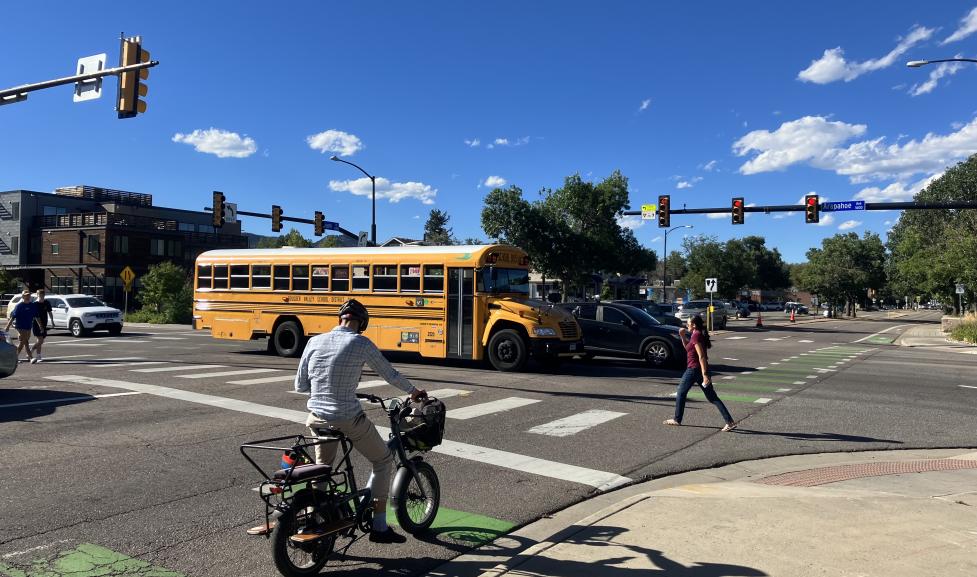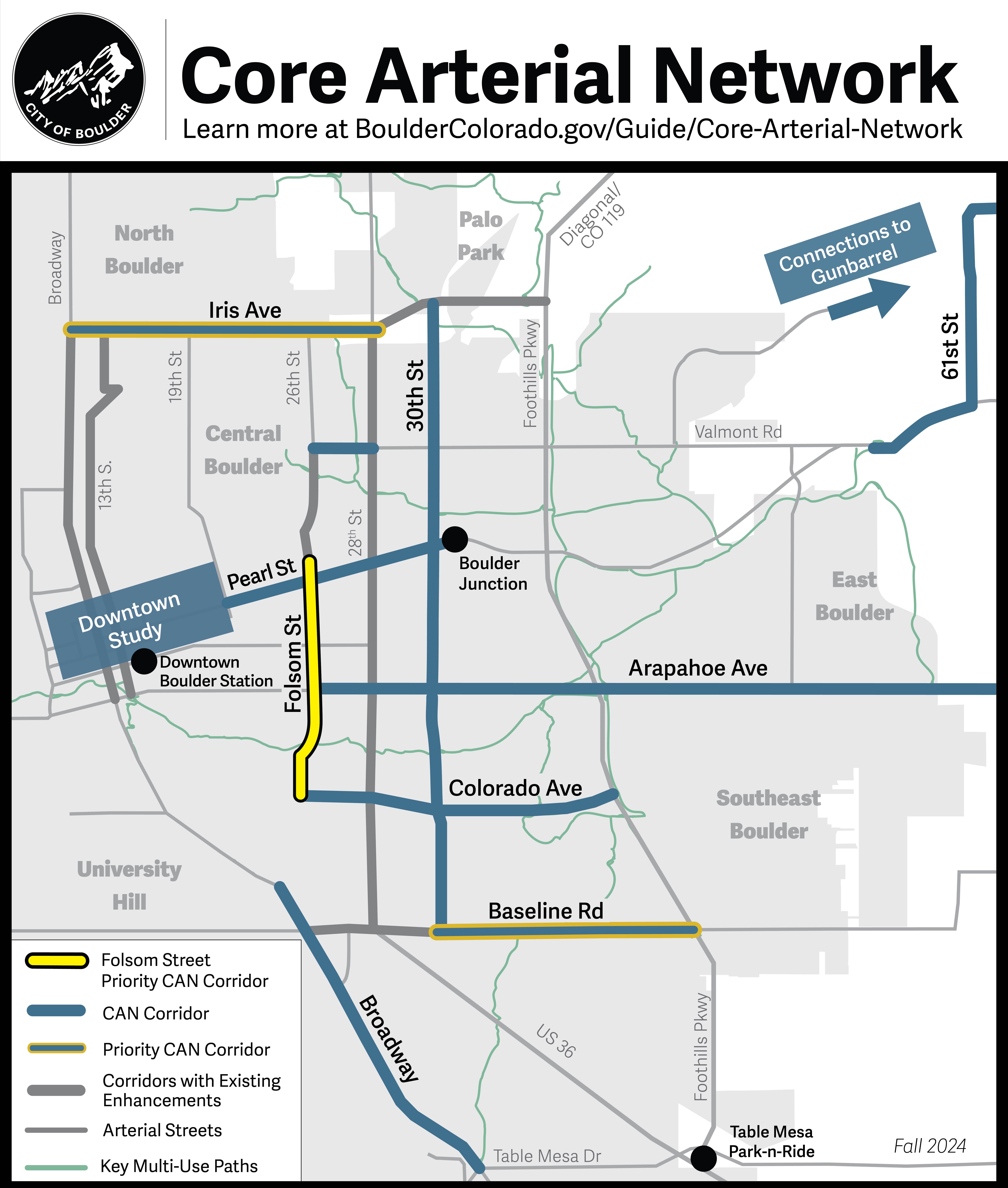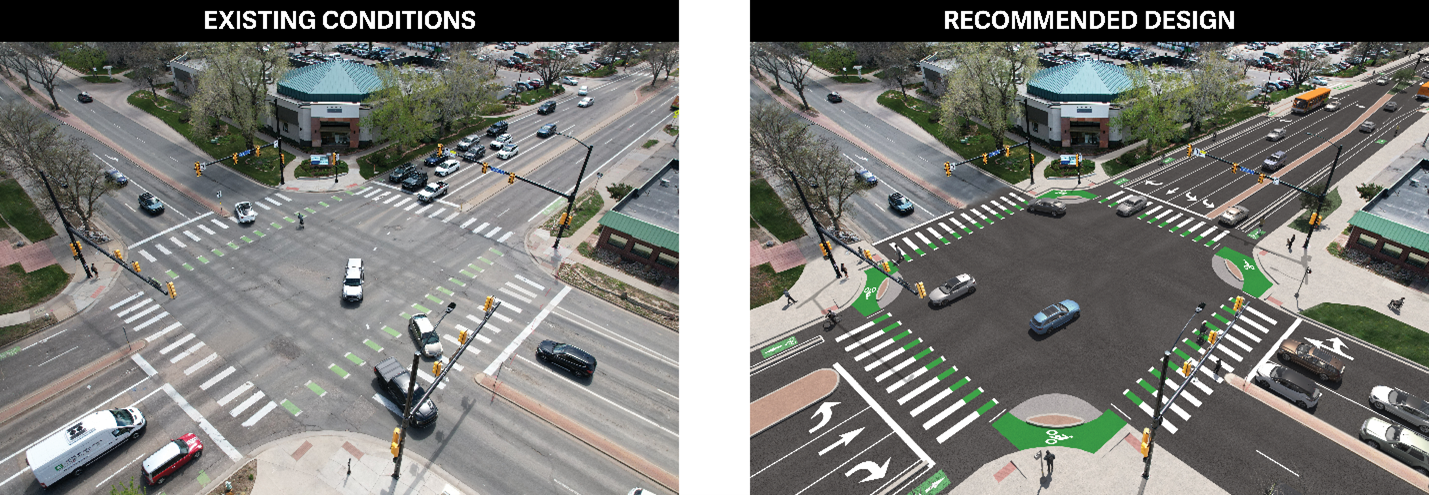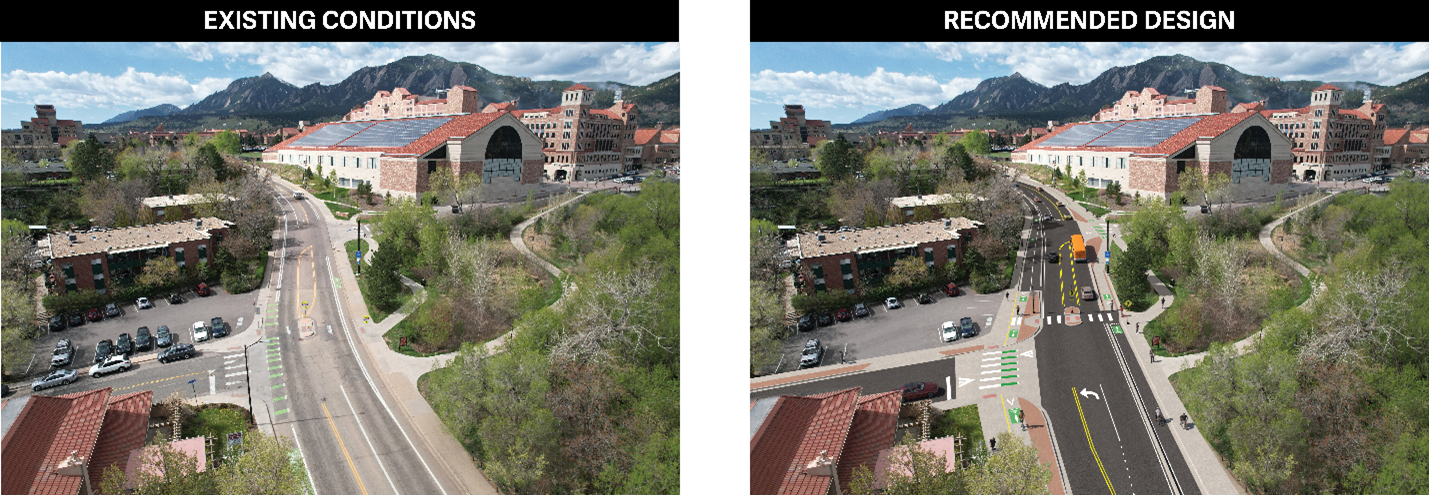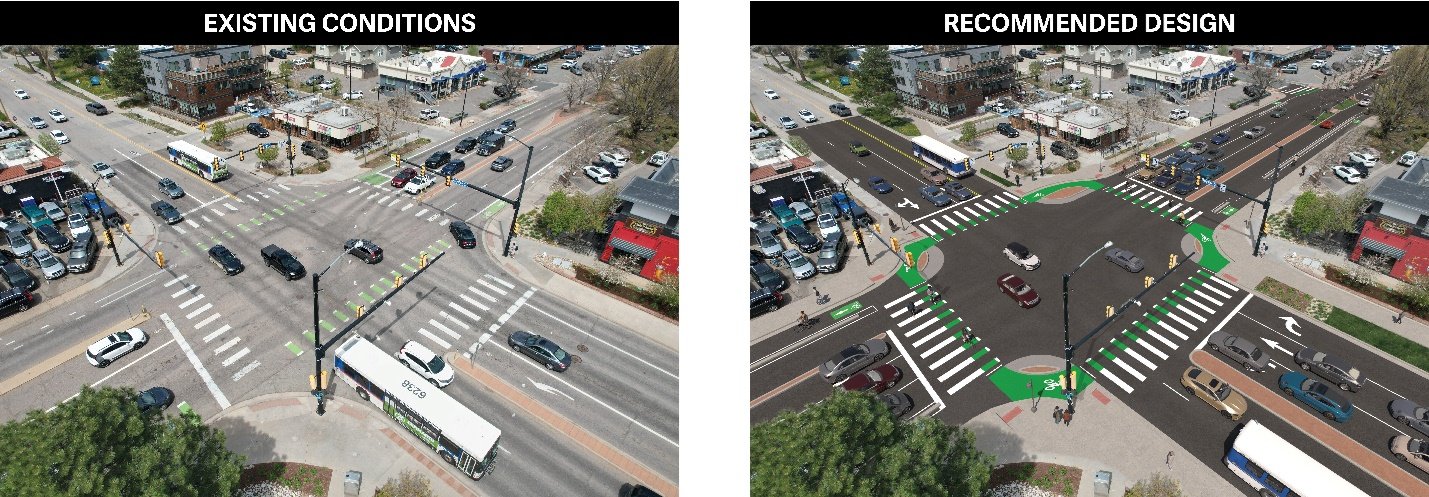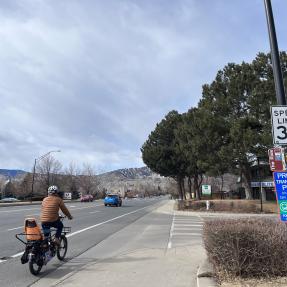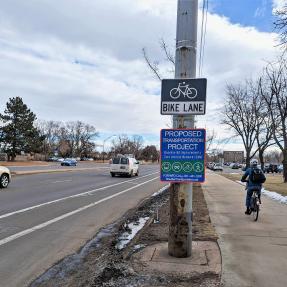This section will provide text alternatives to webpage graphics. The city is in the process of making all of its websites and applications more accessible. If you would like assistance, contact the city's ADA Coordinator using the Accessibility Complaint or Request Form or by calling 720-576-2506. Please know that the city is happy to assist you and do not hesitate to reach out.
Detailed Timeline Long Description
In January 2022, City Council prioritized the Core Arterial Network initiative to make improvements to 13 key streets, including Folsom Street, following findings that show that 67% of traffic crashes resulting in serious injury or fatality occur on arterial streets. In April 2024, the Core Arterial Network initiative was reaffirmed as a City Council priority. In December 2024, City Council reaffirmed their commitment to Vision Zero. The first step of the project is to Listen and Learn. From October to December 2024, city staff collect and analyze data to understand what is working and what needs improvements. From December 2024 to January 2025, we hear from the community what is working and what needs improvements. The next step of the project is to Draft and Consult. In January 2025, city staff develop high-level improvement options to address what we heard from the community and learned from the data, screen options for technical feasibility, and draft evaluation criteria. From January to February 2025, we share what we've learned so far, and high-level improvement options draft evaluation criteria with the community for feedback. The next step of the project is to Develop and Evaluate. From February to March 2025, city staff develop conceptual alternatives and evaluate using Community and Environmental Assessment Process (CEAP) to address what we heard from the community and learned from the data. From March to April 2025, we share conceptual alternatives and draft CEAP evaluation with the community for feedback. The next step of the project is to Refine and Finalize. From April to May 2025, city staff finalize the CEAP evaluation and select a recommended alternative. From May to June 2025, we share the draft recommended alternative with the community and explain why it was chosen. In July 2025, city staff present the recommended alternative to the Transportation Advisory Board (TAB) for review. This is where we are now. The board makes a recommendation to City Council. Staff then presents the recommendation to City Council where a decision may be made. Final design and construction will follow in the future. What is implemented and when will depend on the final design and the funding available.
